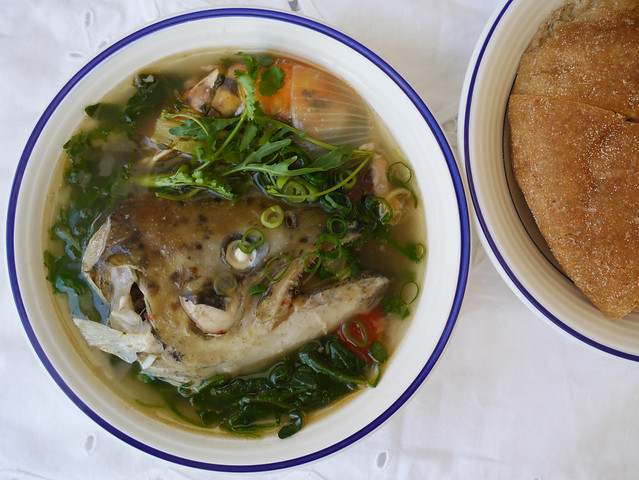
‘Tom hua pa’ is a perfect complementary dish to a Lao meal or eat it as a whole meal – serve it hot with sticky rice or crusty/Turkish bread.
Growing up (a long time ago – although, sometimes I feel like I still am – I mean, we’re continually learning new things, right?), I remember clearly and dearly the wonderful flavours and dishes of my parents’ home-cooking. Both mum and dad were great cooks (and still are), and I was lovingly brought up and fueled with delicious Lao food at home that’s made me me.
One favourite dish that I remember fondly is the Lao fish soup, known in Lao as ‘tom pa’ – served steamy hot – tasting herbal and medicinal – complemented with garden greens and herbs, spices, tomatoes, and finely balanced with soothing/ravishing Lao umami/noah and sour flavours. So saab!
‘Tom pa’ is often served as part of a meal, usually alongside another Lao fish dish, for example ‘larb pa’, ‘bon pa’ or ‘goy pa’ – all famous traditional Lao fish dishes that involves a lot of prep time. Usually, the whole fish would be filleted, and the de-boned fish flesh would be made into one of the above dishes, and the remaining fish heads, frames and roe, etc., would be used to make an accompanying fish soup. Sometimes, more fish pieces and garden greens would be added to the soup base, to give it more body and character.
In my family, the fish that we ate when I was growing up included carp, redfin, yellow belly, trout and other Murray River fish, which were usually line-caught by my dad, and sometimes by me too.
To me, the best part of a ‘tom pa’ is always the fish head – cooked whole or halved length-ways if it’s big. It would bathe in the bowl, semi submerged and complete with pearl-like eyeballs, fleshy cheeks, gelatinous skin, and sharp fishy teeth (confronting yet intriguing and inviting at the same time). 1
I find it a pity to waste perfectly good/edible foods, and enjoy eating unusual meat parts (including off-cuts, offal, etc.), especially if it’s been masterly prepared to maximize its nutritional and flavour potential. Cooking with fish heads is a great example of this, and just as well because fish heads (and frames) are an excellent source of meat, and packed full of tasty piscine essence and goodness. Yes, I love my fish heads – eyeballs and all.
I truly believe that the fish head is an underrated and neglected part of the fish and should be cooked/enjoyed by more people. It is enjoyed worldwide, and such famous fish head creations include fish head soup, fish head curry, and ‘kabuto-yaki’ (Japanese-style char-grilled fish head), etc.

Another way to enjoy fish heads is to char-grill them to perfection, like this Japanese-style tuna head ‘kabuto-yaki’. Doesn’t it look spectacular?
So, when I saw generous-size fresh salmon heads and frames for sale at the fish market for $1.99/kg, how could I resist? I noticed their fleshy checks and bright clear eyes, and had visions of mum’s comforting home-made savoury/sour/bitter Lao fish soups, and knew that it was time to tackle and share this recipe with you.
The idea of cooking fish heads may not be glamourous or appeal to some people, but believe me when I say that fish head soup tastes delicious! If you’re looking to make an appetizing and satisfying fish soup to impress (and possibly frighten) your friends, nothing packs more divine fish flavours than fish heads, and most fish varieties should work just fine.
There are many ways to prepare a fish/fish head soup, and there are a several variations to the Lao recipe too. The following recipe is a simple one with a few key/core ingredients, and of course you can optionally add vegetables/other seafood, and other ingredients to suit your palate.
I created the recipe based on my memory and experience of eating numerous amounts of fish soups when growing up, often prepared by mum. I have added optional extra ingredients, eg: prawns and mushrooms because I just love these ingredients and think that they work exceptionally well in the soup – adding extra flavours and textures. 2
Lao fish soups are traditionally savoury with obvious sour (provided by tomatoes, tamarind paste and lemon/lime juice) and bitter (provided by bitter garden greens eg: ‘puck kang khom’, bitter melon, watercress, rocket, etc.) flavours. The inclusion of other herbs and spices, including ginger, galangal, kaffir lime leaves and lemon grass help elevate the flavours of this soup to another dimension. I personally like to add a squeeze of lemon/lime juice and a tsp of spicy chili oil (recipe coming soon) to the soup when it is served.
‘Tom hua pa’ is best served piping hot as an accompanying dish to a Lao meal, or it can be eaten as a whole meal in itself with ‘khao neow’ or crusty bread/baguette. It is a soothing and nourishing dish that is equally ideal for both cold and warm weathers.
Please take note to be extra vigilant of the possible fine sharp fish bones/pieces when eating the soup – they can be dangerously sharp and can cause ill discomfort if accidentally eaten. Besides that, I hope you enjoy making and eating your ‘tom hua pa’, especially the eyeballs!
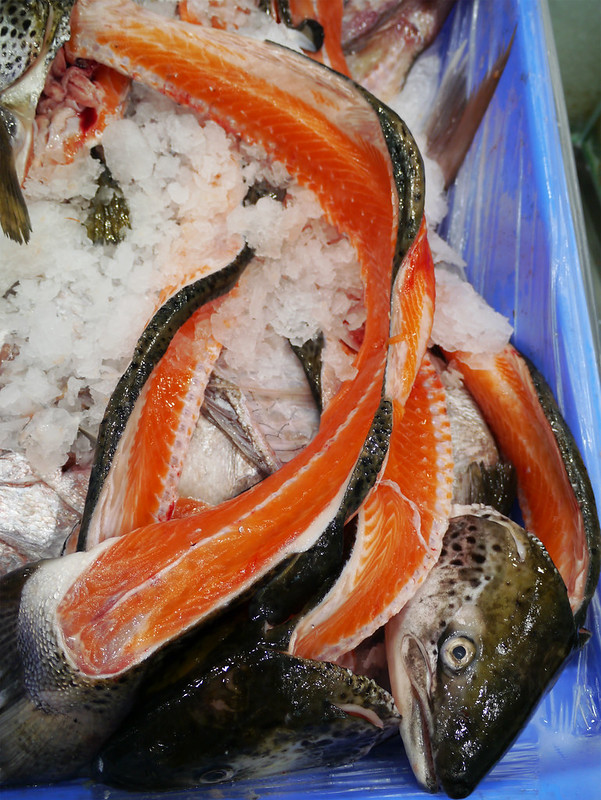
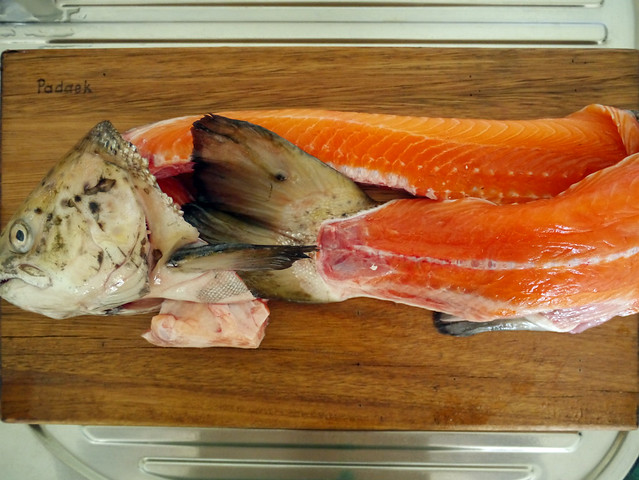
One salmon head and frame ready for prepping and cooking.
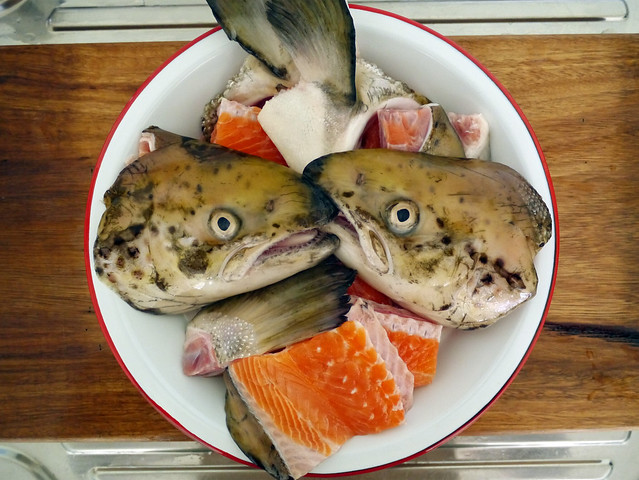
First, prepare the fish head and frame. Cut the fish head off the body and then cut it in half (length-ways). Cut the fish frame into 5 cm pieces. Wash and clean the fish head and frame pieces thoroughly to remove any excess slime/goo or scales. Be careful of the sharp bones.
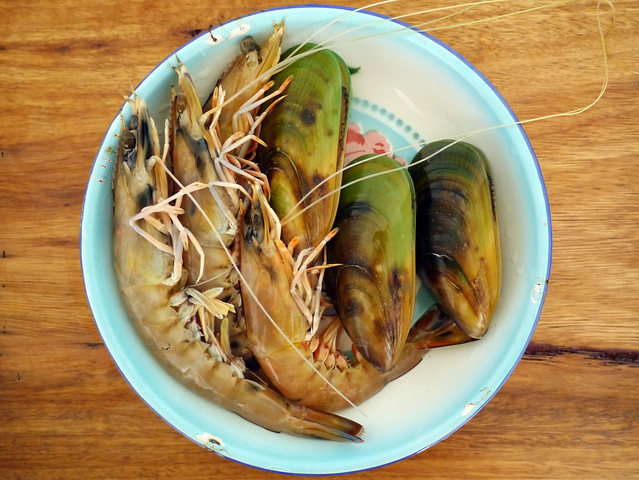
Optional extra ingredients – prawns and mussels.
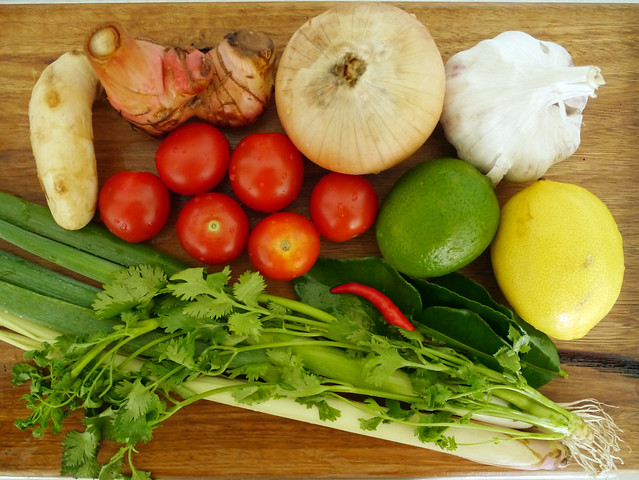
Some of the herbs and vegetables that are used to make ‘tom hua pa’.
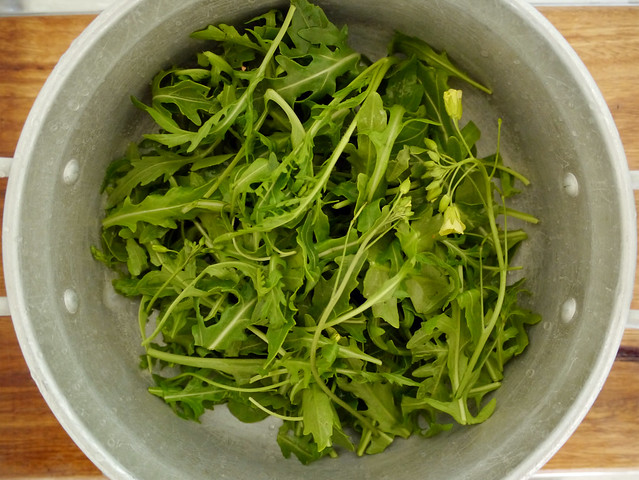
Rocket has a delicious slightly bitter flavour and is a great addition to the fish soup. Watercress, bitter melon/gourd are also great options.

Prepare the vegetables – wash and halve the cherry tomatoes, wash the rocket, wash and slice the ginger and galangal into 10 thin pieces each, wash the kaffir lime leaves, wash and cut the head of lemongrass into thin slices, peel the cloves of garlic, wash the chili, wash and cut the root and stem off the spring onion and coriander, wash and slice the onion into eighths, wash and quarter the mushrooms, wash and slice the lemon/lime into wedges.

Tamarind paste – a wonderful ingredient that will add a lovely sour character to the soup.

In a pot, add 3 Liters of water, the chopped fish head and frame pieces, ginger, galangal, kaffir lime leaves, lemongrass, garlic, chili, root and stem of the spring onion and coriander, onion, salt, pepper, tamarind paste and fish sauce. Bring to the boil and simmer for 15-20 minutes. Stir gently occasionally and skim the surface of the broth with a spoon to remove any excess foam that has developed whilst cooking.
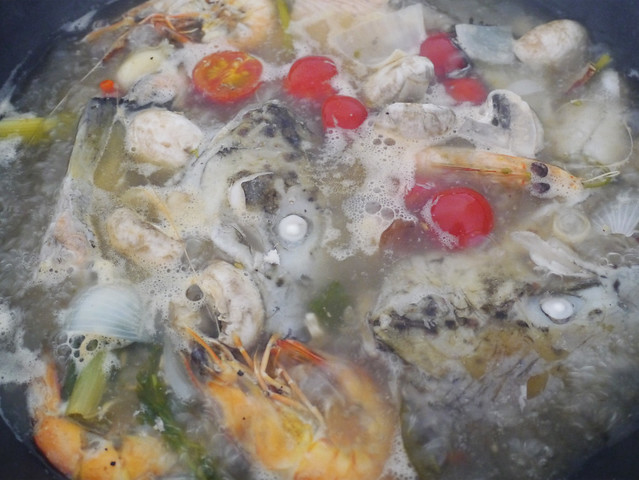
Add the cherry tomatoes, mushrooms and other optional ingredients (prawns, mussels, bitter melon, etc). Adjust the flavours with salt, pepper and fish sauce to suit your liking.

Add the rocket into the soup just before serving and stir through gently.

Serve immediately in a large bowl and garnish with finely chopped spring onion and coriander leaves. Squeeze in lemon/lime juice for extra sour flavour if preferred, and a couple of drops of chili oil if you like it a little spicy. What you’re aiming for is a delicious balance of herbal, savoury and slightly sour fish flavours.
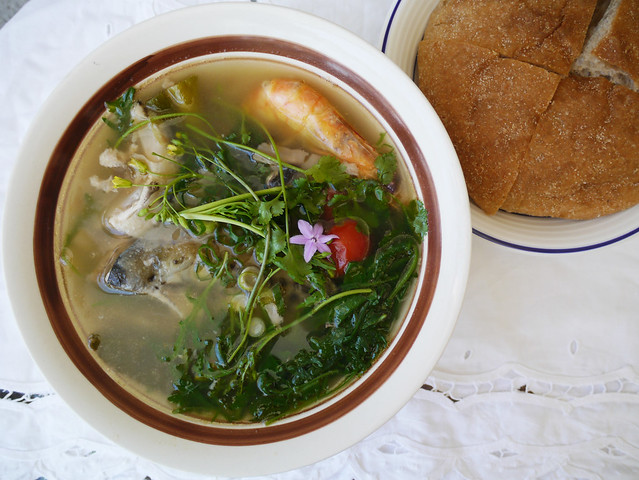
‘Tom hua pa’ combo – enjoy as a complementary dish in a Lao meal – serve it with hot ‘khao neow’ or crusty bread, etc. Simply delicious.
- 3 Liters of water
- 1 kg of salmon fish head and frame (or other type of fish)
- 6 cherry tomatoes
- 100 grams of rocket
- 10 slices of ginger
- 10 slices of galangal
- 4 kaffir lime leaves
- 1 lemon grass
- 1 tsp of tamarind paste
- 5 cloves of garlic
- 1 spring onion
- 1 coriander
- 1 onion
- 1 chili
- 1 lemon (or lime)
- 4 mushrooms
- 2 Tbsp of fish sauce
- 1 tsp of salt
- ½ tsp of ground pepper
- First, prepare the fish head and frame. Cut the fish head off the body and then cut it in half (length-ways). Cut the fish frame into 5 cm pieces. Wash and clean the fish head and frame pieces thoroughly to remove any excess slime or scales. Be careful of the sharp bones.
- Prepare the vegetables – wash and halve the cherry tomatoes, wash the rocket, wash and slice the ginger and galangal into 10 thin pieces each, wash the kaffir lime leaves, wash and cut the head of lemongrass into thin slices, peel the cloves of garlic, wash the chili, wash and cut the root and stem off the spring onion and coriander, wash and slice the onion into eighths, wash and quarter the mushrooms, wash and slice the lemon/lime into wedges.
- In a pot, add 3 Liters of water, the chopped fish head and frame pieces, ginger, galangal, kaffir lime leaves, lemongrass, garlic, chili, root and stem of the spring onion and coriander, onion, salt, pepper, tamarind paste and fish sauce. Bring to the boil and simmer for 15-20 minutes. Stir gently occasionally and skim the surface of the broth with a spoon to remove any foam that has developed whilst cooking.
- Add the cherry tomatoes and mushrooms (and other optional ingredients). Adjust the flavours with salt, pepper and fish sauce to suit your liking.
- Add the rocket into the soup just before serving and stir through gently.
- Serve immediately in a large bowl and garnish with finely chopped spring onion and coriander leaves. Squeeze in lemon/lime juice for extra sour flavour if preferred. What you're aiming for is a balance of savoury and slightly sour fish flavour.
- Enjoy as a complementary dish in a Lao meal, and serve with hot sticky rice or crusty bread.
Ingredients you’ll need:
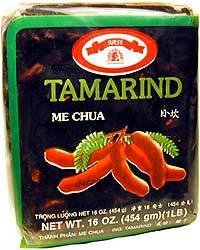
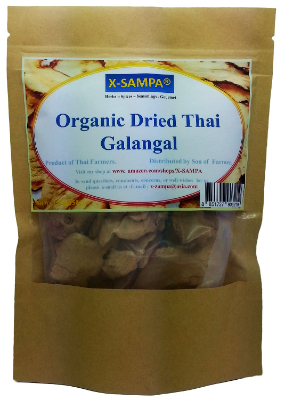
Notes:
- Seriously, there is no need to cringe when talking about or eating fish heads – the fish head and most of its parts truly tastes divine. I’ve even been told that eating the fish eyeballs will make you see better – although, I still do wear glasses. ↩
- I recommend that you should try and keep it simple and not add too many other ingredients to the soup, otherwise it might be an overkill and the original fish head flavours might be lost. ↩
Absolutely stunning – I HAVE to try to make this with my mom. We make a sour fish soup called Canh Chua with pineapples and sometimes tamarind, but I’m anxious to try this one! Love all the depth of flavors and the addition of bitter greens.
Thanks gastronomiette! I just googled Canh Chua and it looks delicious! The pineapple and tamarind would make great additions to the soup. Fish soups are delicious and packed full of flavours already and the bitter greens give a distinctive edge.